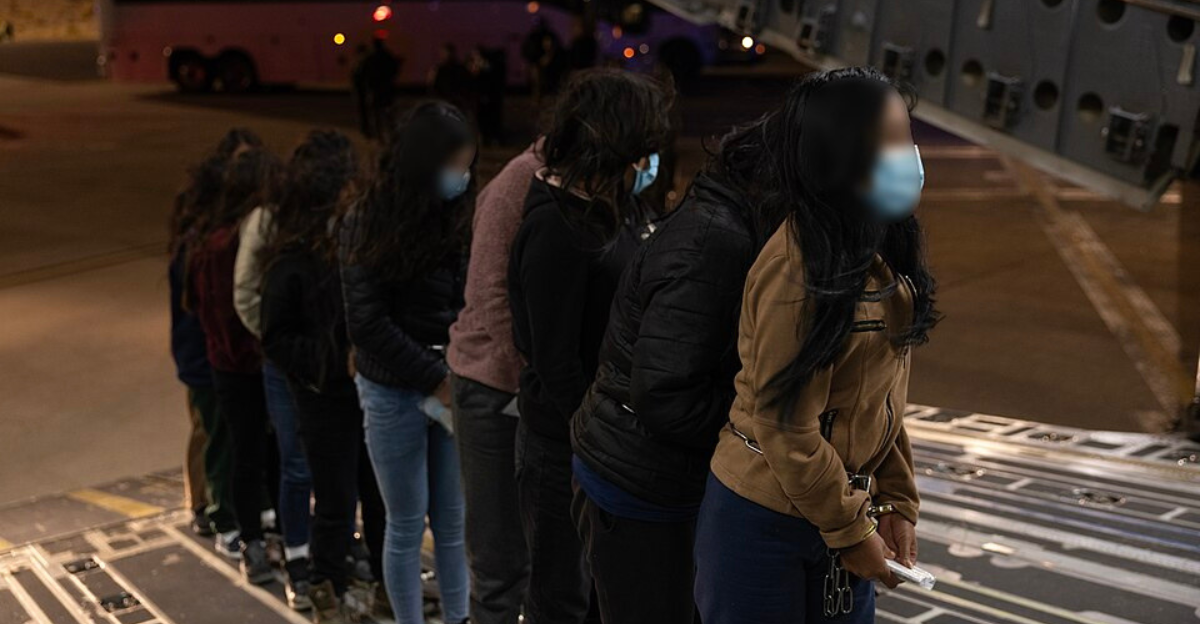
He said he’d go after the “bad hombres.” The assaulters. The drug dealers. The violent few hiding in plain sight. That was the sales pitch. A crackdown, not a sweep. But behind the cameras, the raids didn’t come with warnings or neat little labels. With over 95,000 arrests made by the ICE between January and May, these raids hit like natural disasters.
Even mothers with clean records, teens headed to class and dads with decades of pay stubs were not exempted. No courtroom drama, just cold steel and silence. Somewhere along the way, the “worst” became whoever happened to open the door. And somehow, that promise to “clean the house” started burning down whole neighborhoods.
Trump’s Mass Deportation Agenda

Trump’s deportation blueprint is the biggest the country’s ever seen… by design. He’s not talking about just ramping up ICE. No, he wants the whole alphabet involved. DEA, FBI, even the National Guard. Everyone gets a badge and a mission: find the undocumented, detain them, remove them. Doesn’t matter if you’re sweeping a corner or separating a family mid-dinner. It’s meant to be massive, visible, relentless. The kind of thing that keeps immigrant communities on edge and supporters cheering. But when enforcement gets this big, it becomes more about numbers than it is about justice.
Expanded Enforcement Powers Across Federal Agencies
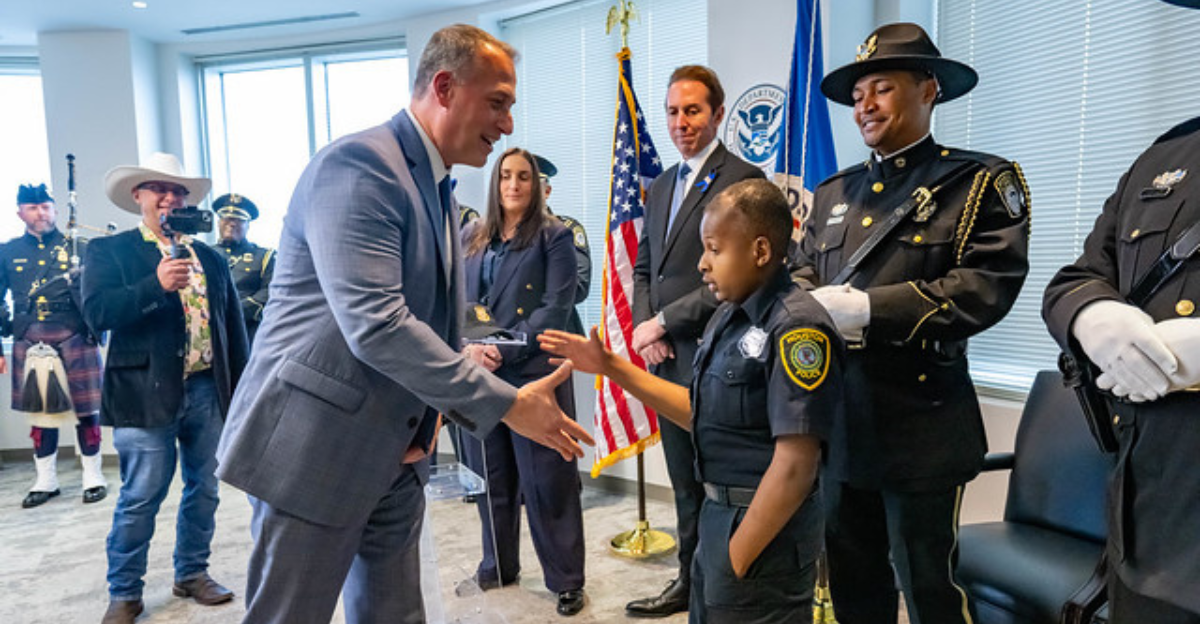
This isn’t your regular immigration playbook. Under Trump’s directive, everyone is now immigration enforcement, not just ICE. The DEA? Authorized. FBI? Yep. ATF, U.S. Marshals, even agencies that normally chase drug lords or fugitives now have the green light to detain the undocumented.
So, now, a parking stop is basically a passport check. A knock from a federal agent could mean a one-way ticket out. Boundaries between crime control and immigration policy start to vanish. And when every agency becomes border patrol, the message is loud: if you’re undocumented, you’re a target. No matter the context.
Targeting Criminals: The Official Rationale
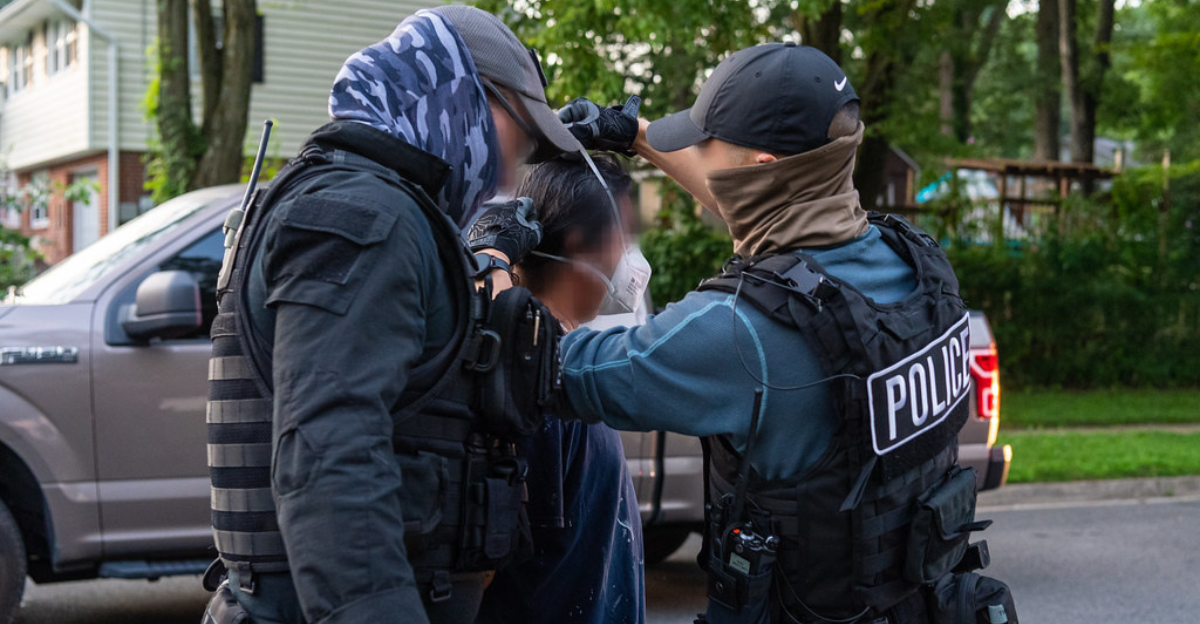
Public safety. That’s the shield. Trump insists the mission is to rid the country of violent offenders; MS-13, cartel enforcers, traffickers, basically, the bad guys. It’s a clean-sounding cause, almost noble on the surface. He name-drops gangs like they’re characters in a movie, promises swift justice, vows to protect “our people.” And sure, who wouldn’t want fewer criminals walking free? But the lines blur fast. What starts as a chase for murderers quietly turns into a manhunt for gardeners and dishwashers. And while the press conferences highlight the worst, the field reports reveal something else entirely. The targets aren’t always who they say they are.
The Reality

The numbers don’t lie, but they sure do hurt. Under Trump, arrests of immigrants with no criminal record surged, and it was faster than most expected and louder than most noticed.
Grandparents picked up after church. Students grabbed on their way to school. People with no priors, no threats, no reason to run. It was more than just a crackdown!
ICE reports show a sharp spike in “non-criminal” apprehension (over 44%), but that part rarely makes headlines. It’s a quiet reality hidden behind louder narratives. And while the administration talks about danger and crime, the data tells a different story; it’s one where being undocumented, no matter how peaceful or rooted, is enough to lose everything.
Impact on Immigrant Families and Communities
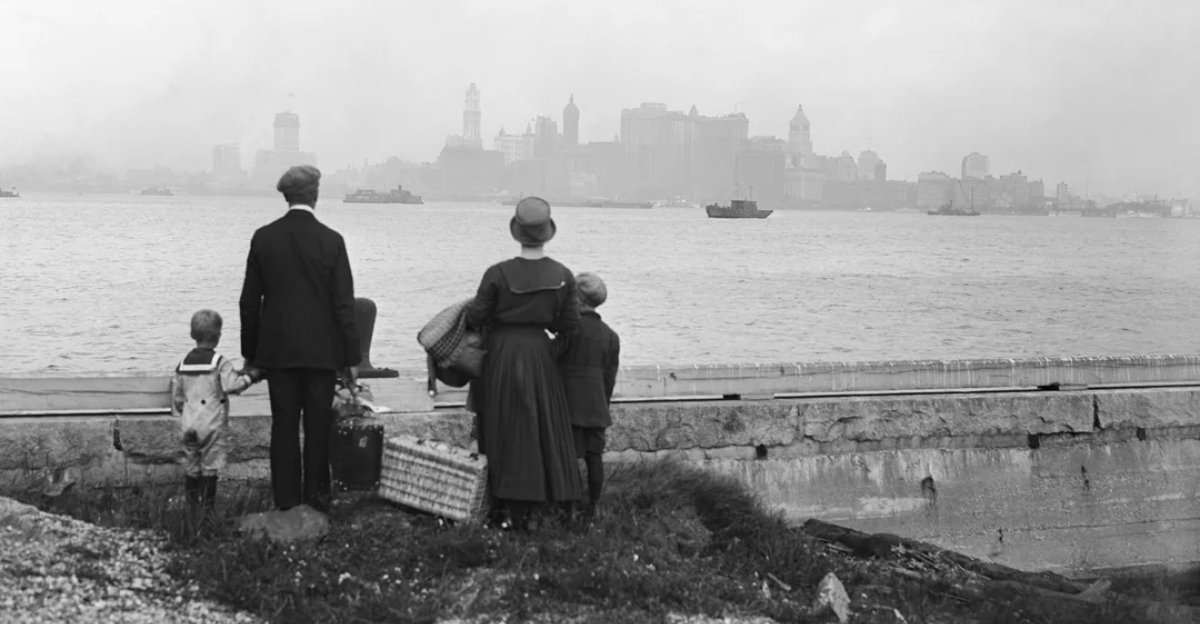
The damage is crazy. One arrest doesn’t just take a person, rather, it tears through entire families.
Scenarios such as kids coming home to empty kitchens and parents vanishing from jobs they’ve held for years is now commonplace.
Consequently, many neighborhoods have since grown quieter, not in peace, but in fear. Local shops have lost regulars. Churches are lighting more candles. And schools have started noticing the missing desks. The fear is more than just about deportation now. Now, people are worried about what gets lost when communities go silent.
Undermining Asylum and Refugee Protections
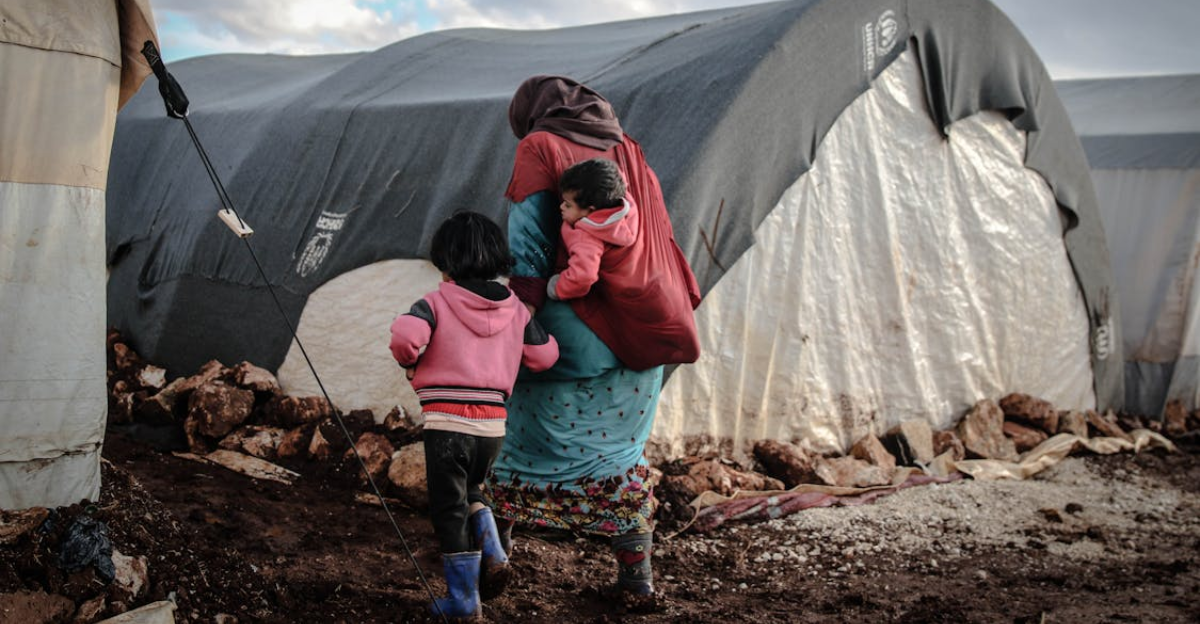
Asylum once meant hope. A legal right. A lifeline. Now, it feels like a dare. Under Trump, seeking protection turned into a gauntlet: closed borders, migrant camps, endless delays.
Families fleeing violence were told to wait in places they barely escaped from. Refugee admissions? Slashed to historic lows. The Statue of Liberty must’ve blinked. Children were stranded, pregnant women denied entry, torture survivors turned away. The message became clear: desperation isn’t a ticket in. Apparently, human suffering is no longer compelling. And the more chaos the system created, the easier it became to treat the vulnerable like they were never welcome at all.
Legal and Human Rights Concerns
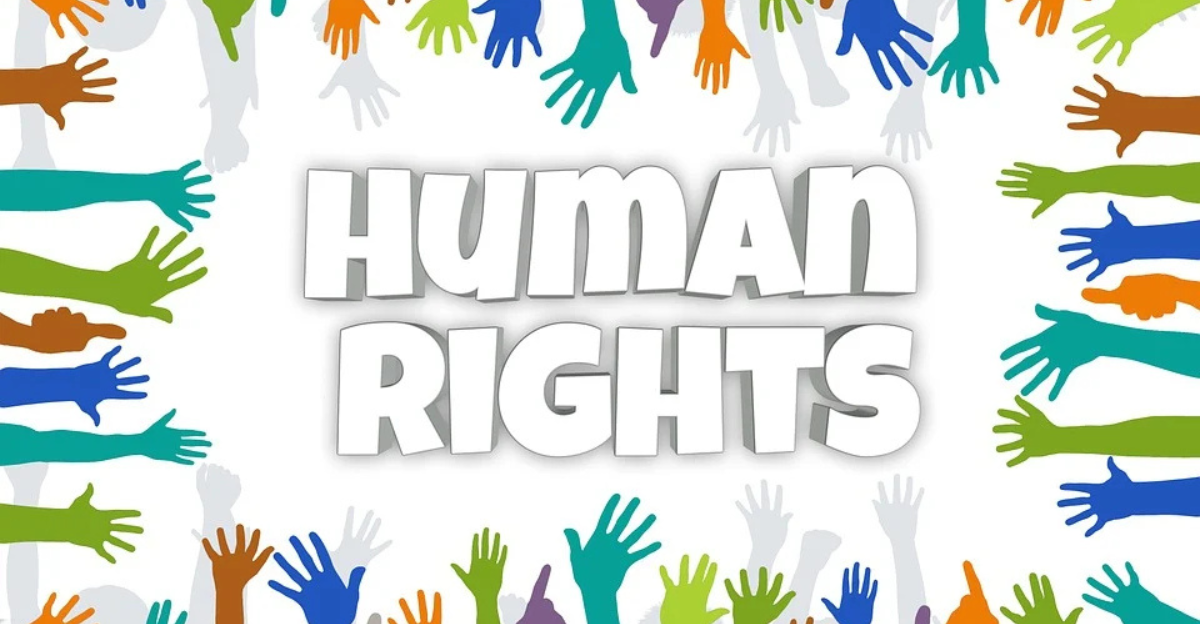
Behind the bold talk and badge-heavy theatrics is a legal mess that would make any constitutional scholar wince. Critics say Trump’s policies trample on international law. Especially non-refoulement, which forbids sending people back to danger. But that’s exactly what started happening.
People are being deported to countries where they faced persecution, even death. Although (and to their credit) civil rights groups have called foul, the machine kept running. Fast. Loud. Unapologetic.
The Human Cost
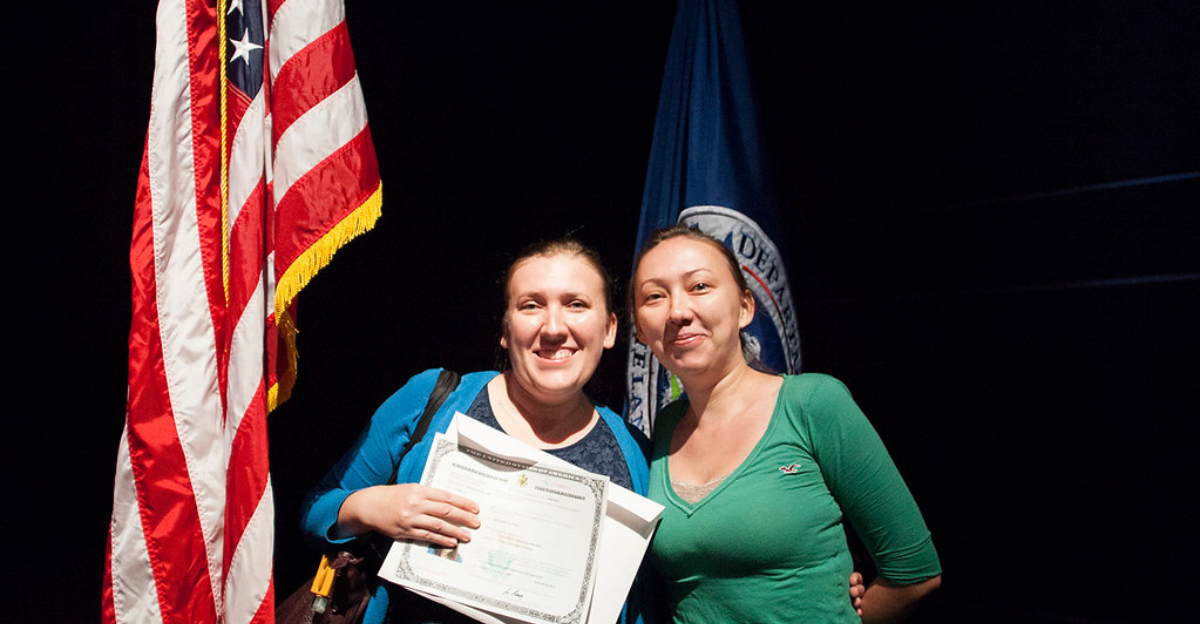
Talk policy all you want. This is where it hurts.
The cases: A dad in Michigan deported after a traffic stop, leaving behind three U.S. citizen kids. A woman in Texas was arrested during a hospital visit while pregnant. A teenager was sent back to a country she barely remembers.
Before you think these are rare exceptions, think again. These are becoming the norm. People with pending legal status. People with deep roots. People who thought they were safe. Each story sounds like a mistake, but they keep happening, over and over. And while politicians argue and agencies pass memos, lives unravel quietly. The pain is real. And it doesn’t make the news.
Conclusion
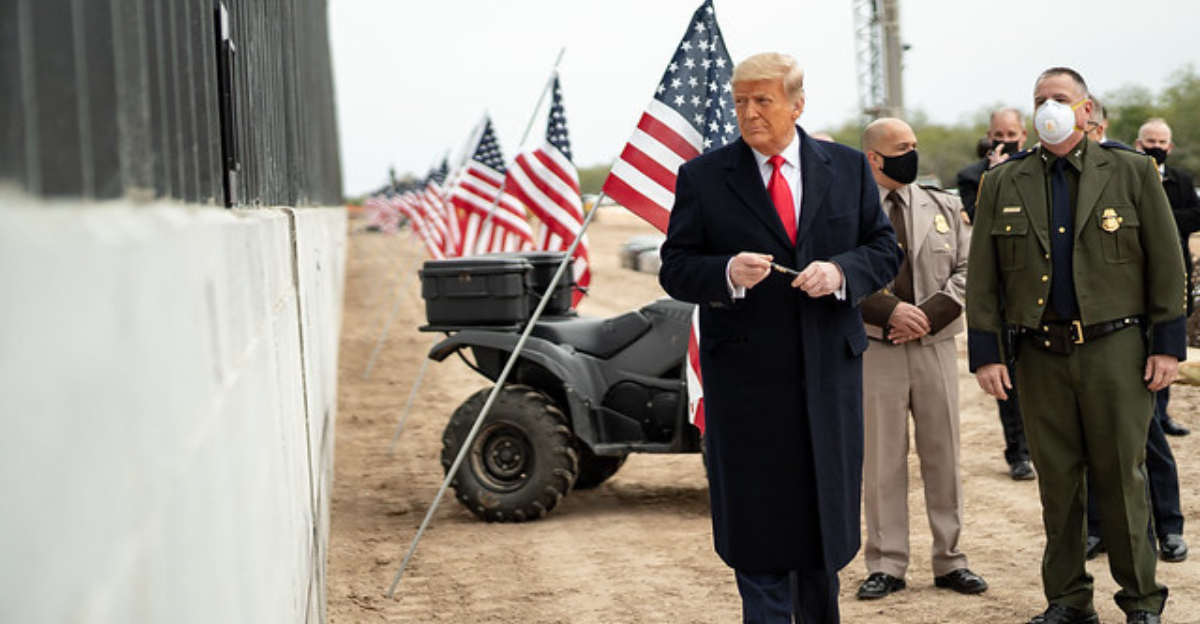
He promised to go after the worst. But with around 140,000 deportations reported as of April 2025, it’s beginning to look like this is personal.
The slogans said safety, but the reality looked more like fear. A campaign built on law and order drifted into something colder, blunter, messier. Policy turned people into numbers and families into collateral. The gap between what was sold and what was done is truly devastating. And now, with trust eroded and communities reeling, we’re left asking the real question: who gets to belong? Until immigration policy remembers the people inside it, this sad story may not end.
